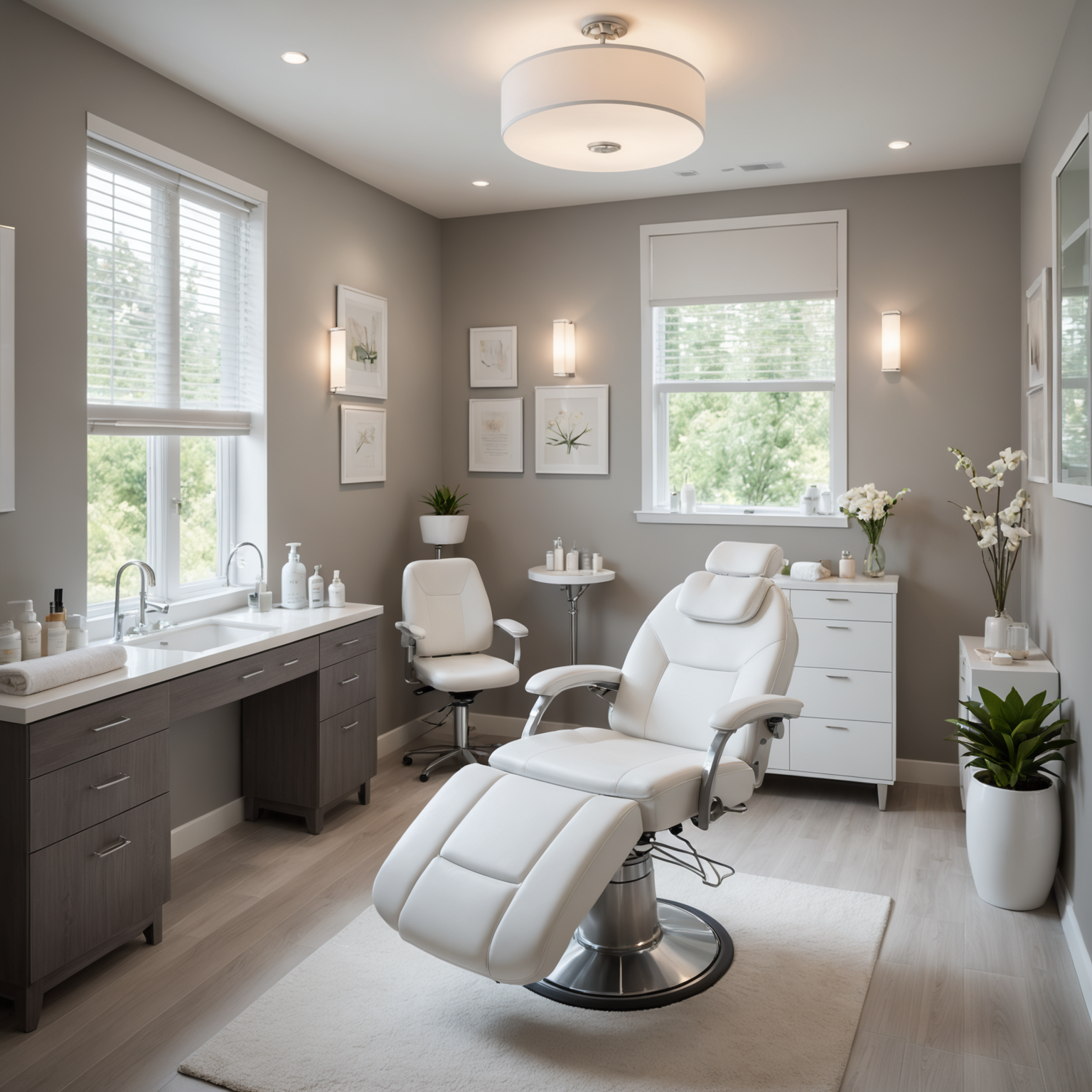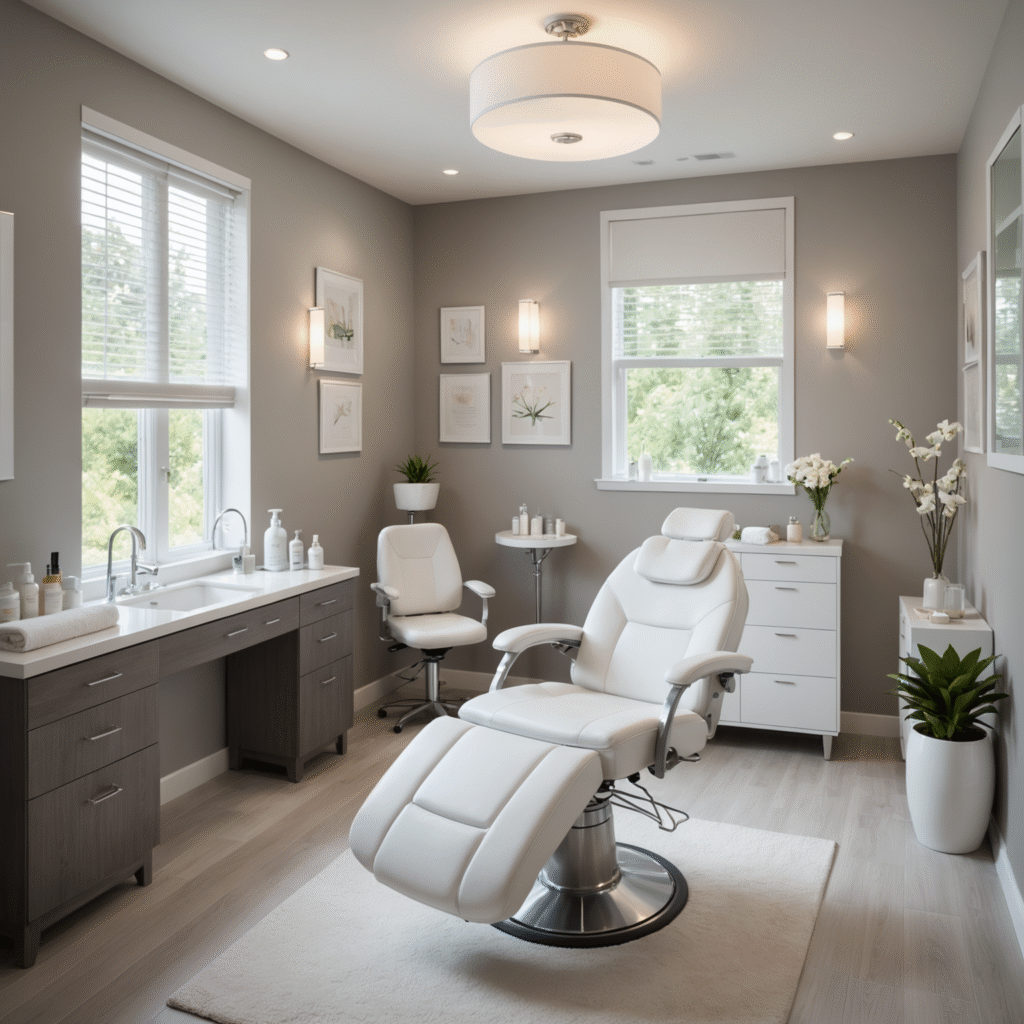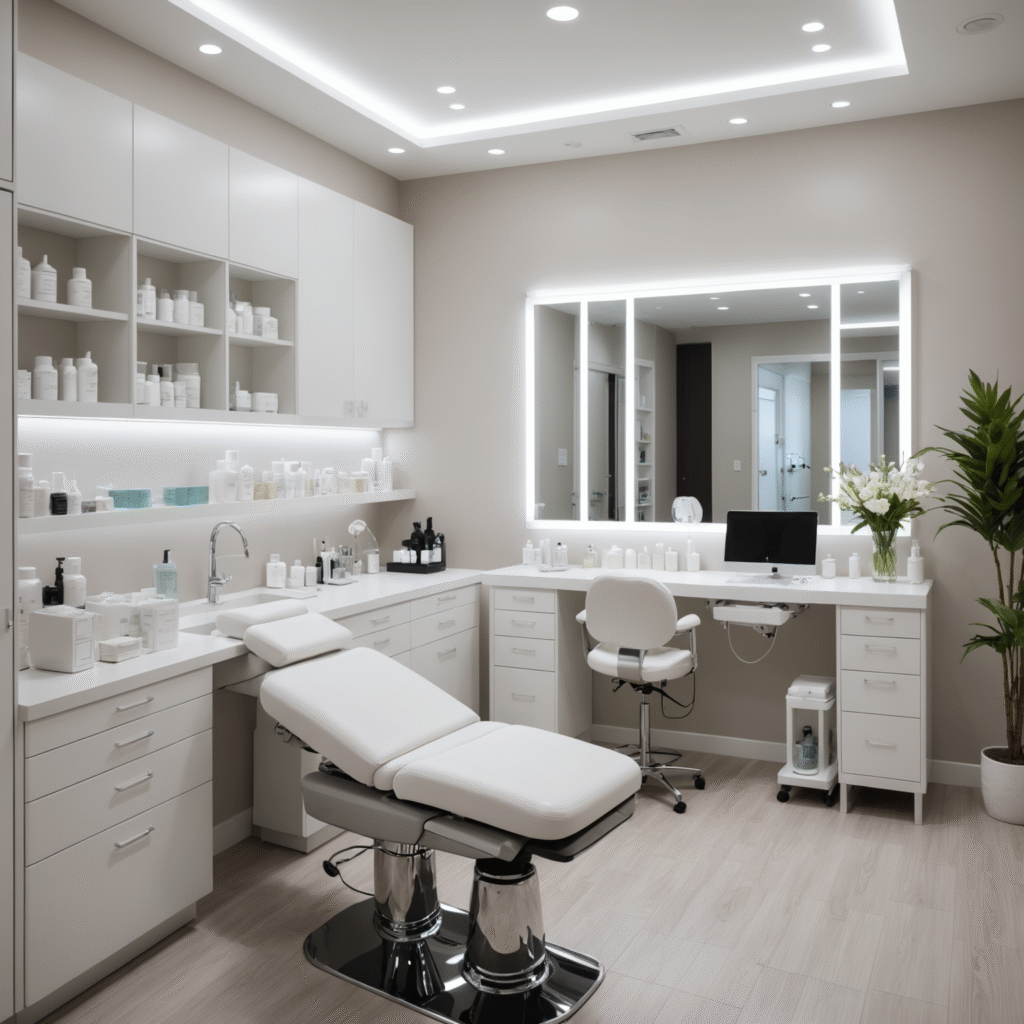Introduction
Botox has become a popular choice for those seeking to diminish the appearance of wrinkles and fine lines. Whether it’s for cosmetic or medical purposes, understanding how this treatment works and how long it takes to see results is crucial for anyone considering it. In this comprehensive guide, we will explore how long it takes for Botox to work, what factors influence the timing, and what you can expect from the treatment. We will also address common questions and provide practical insights to help you make informed decisions.
How Botox Works
Botox, short for botulinum toxin, is a neurotoxic protein used to temporarily paralyze muscles. When injected, it blocks nerve signals to the muscles, preventing them from contracting. This relaxation of muscles leads to a reduction in the appearance of wrinkles and can also help with conditions like chronic migraines, excessive sweating, and certain muscular disorders.
The Onset of Botox Effects
One of the most common questions asked is, “How long does it take for Botox to work?” Typically, the initial effects of Botox can be observed within 24 to 48 hours after the injection. However, the full results are usually visible after 7 to 14 days. This delay is because the neurotoxin needs time to adhere to the nerve endings and begin its work of blocking muscle contractions.
Factors Influencing Botox Results
Several factors can influence how quickly and effectively Botox works:
Dosage and Injection Site: The amount of Botox injected and the specific area treated can affect the onset and duration of the results. For instance, larger muscle groups may require more time to show effects.
Individual Metabolism: Each person’s body metabolizes Botox differently. A faster metabolism might mean quicker results, but it could also mean the effects wear off sooner.
Experienced Practitioners: The skill and experience of the practitioner play a significant role. A professional with extensive experience in administering Botox, such as those found at trusted clinics, can ensure optimal results.
Age and Skin Condition: Younger individuals or those with less skin damage may notice quicker results compared to those with more pronounced wrinkles.
Follow-Up Treatments: Regular maintenance treatments can lead to longer-lasting results over time.
What to Expect During and After Treatment
The Botox procedure is relatively quick and usually takes about 10 to 15 minutes. Here’s what you can expect:
- Preparation: The area to be treated will be cleansed, and a topical anesthetic may be applied to reduce discomfort.
- Injection: Using a fine needle, your practitioner will inject small amounts of Botox into the targeted muscles.
- Post-Treatment Care: After the injections, you may experience slight redness, swelling, or bruising. It’s advisable to avoid rubbing the treated area and strenuous activity for at least 24 hours.

Managing Expectations
Understanding that Botox is not an instant fix is crucial. Patience is key, as the results gradually develop over the course of a week or two. Regular consultations and treatments can help maintain the desired effect and address any concerns that may arise.
Conclusion
Botox is a widely used and effective treatment for both cosmetic and medical conditions. While the initial effects can be seen within a few days, full results typically take up to two weeks. Factors such as dosage, individual metabolism, and the skill of the practitioner can influence the outcome. If you’re considering Botox, it’s important to consult with a professional to discuss your goals and expectations. For those in specific regions, finding reputable centers like Botox in Florida or Botox in Rhode Island can ensure you receive high-quality care.
FAQ
How long does Botox last?
Botox typically lasts between 3 to 6 months. The duration can vary based on individual factors such as metabolism and the area treated.
Can Botox be used for conditions other than wrinkles?
Yes, Botox is also used for medical conditions such as chronic migraines, excessive sweating, and certain muscular disorders. More information on this can be found at Botox in Minnesota.
What should I avoid after getting Botox?
Avoid rubbing or massaging the treated area, engaging in strenuous exercise, and lying down for at least 4 hours post-injection. These precautions help prevent the toxin from spreading to unintended areas.
Is there any aftercare required?
Minimal aftercare is needed. It’s important to follow any specific instructions given by your practitioner to ensure the best results.
Are there any side effects?
Common side effects include redness, swelling, or bruising at the injection site. These are typically mild and resolve within a few days.
How do I choose the right Botox provider?
Choosing a qualified and experienced provider is crucial. Look for clinics with certified practitioners, such as those found in trusted clinics.
Can Botox be combined with other treatments?
Yes, Botox can be combined with other cosmetic treatments like dermal fillers for enhanced results. Discuss with your provider to create a personalized treatment plan.
What should I do if I’m unhappy with my Botox results?
If you’re unhappy with your results, schedule a follow-up consultation with your provider. They can assess the situation and discuss possible adjustments or additional treatments.



